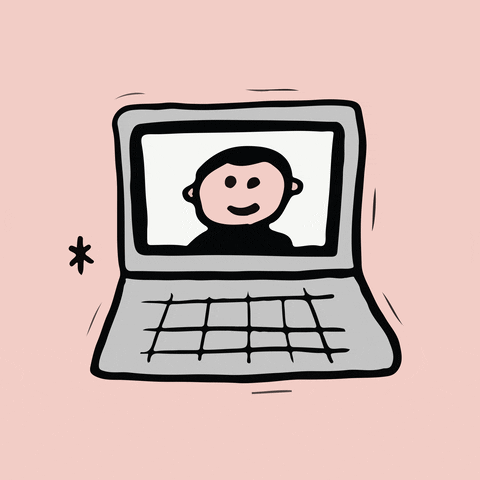Blended learning: Trends in Educational Technology
Blended Learning:
Rethinking Instruction
Blended
learning is something we are all familiar with at this point in our teaching
careers. By circumstance, we have been invited into this arena. Blended
learning is a new way of teaching our students when we cannot be face to face. Initially,
“The growth of blended
learning is generally paced at the comfort of teachers as they expand their use
of digital tools for teaching and learning" (1). However, since
March of 2020 that philosophy has shifted to the comfort of students in this new territory of learning.
The Basics
Blended
learning intertwines in-person learning with digital or virtual learning.
It is a complex mix-and must be approached and implemented with care. Teachers
must take time and energy to design and plan the virtual pieces of the lesson. Teachers
must also be ready to engage with students reteach, if necessary, and allow
more advanced students to move forward with no delays. Students must “buy-in”
to the virtual classroom, be self-starters, and be accountable for the work they
do.
Doing the Best we Can...for Now.
For as many wonderful things there are to
say about Blended Learning, there are also drawbacks. Some districts lack the
funds or resources to make the leap into blended learning-families may not have
the technological ability to allow students to work in a virtual classroom from
home.
We must embrace blended learning in this
current situation. In a study done by
the Department
of Education in 2010 on evidence-based practices of online learning, best
practice showed that students who were exposed to both online learning and
in-person learning retained the most and did better on assessments. Blended learning is a delicate mix of both types
and can benefit students if the program is integrated and embraced.
Please review the video I created on Blended
learning to find out more about this new way of teaching.




Comments
Post a Comment